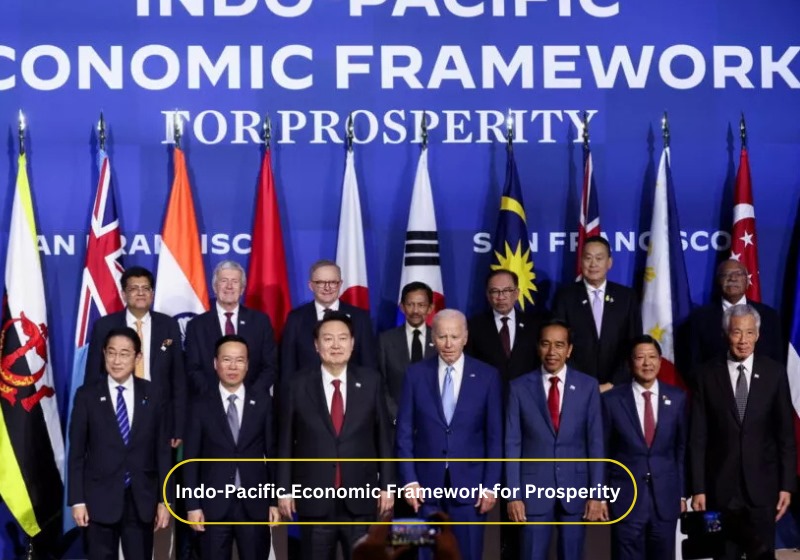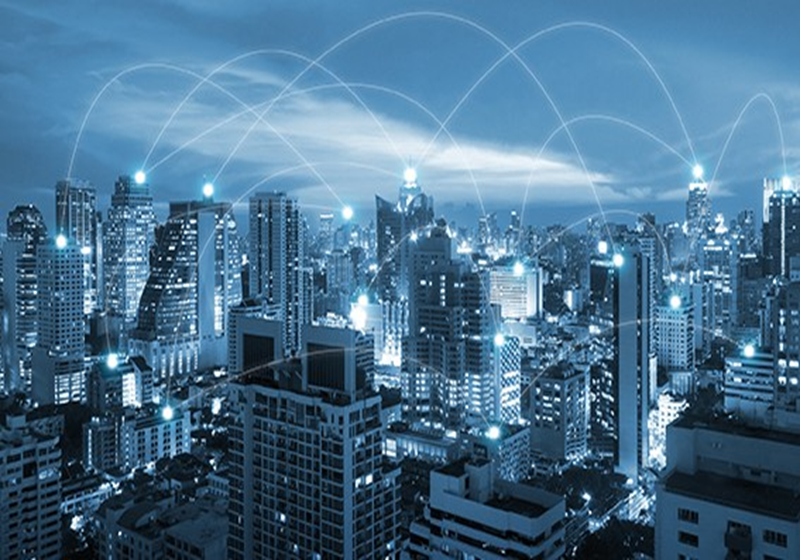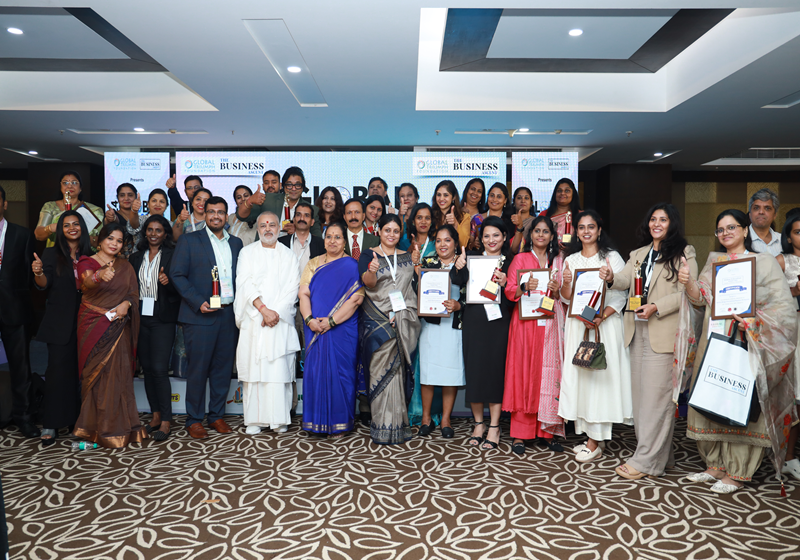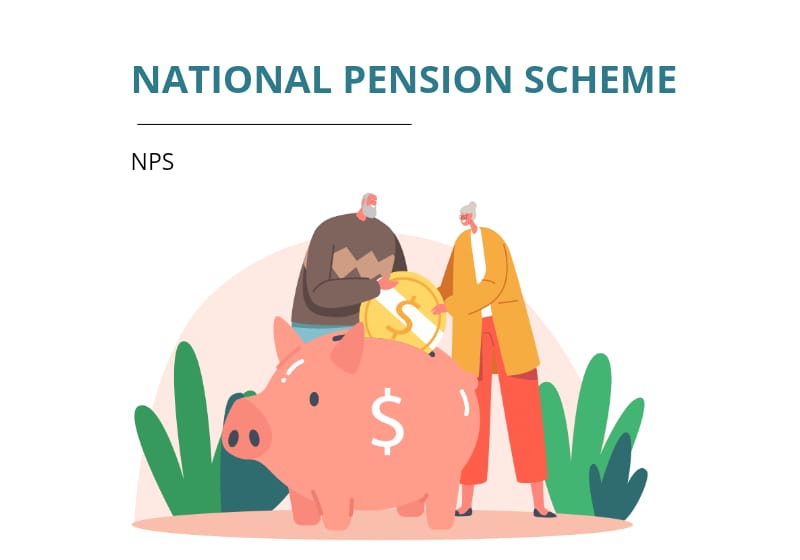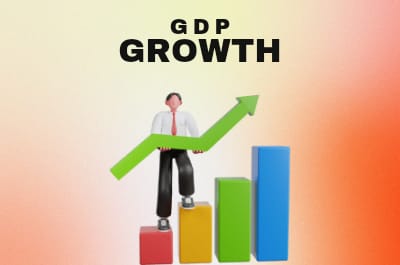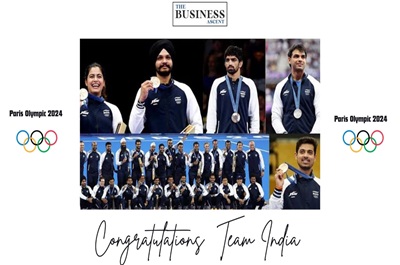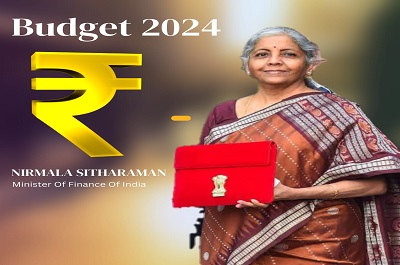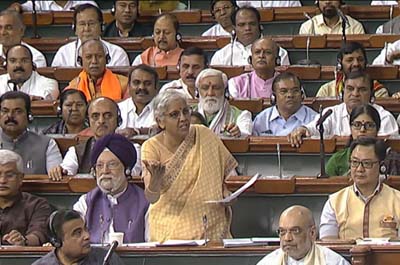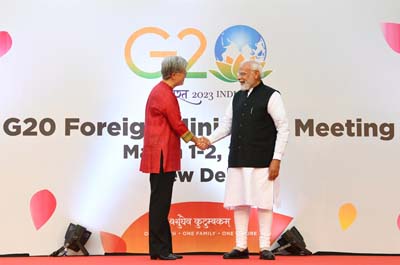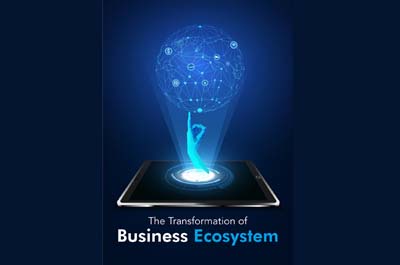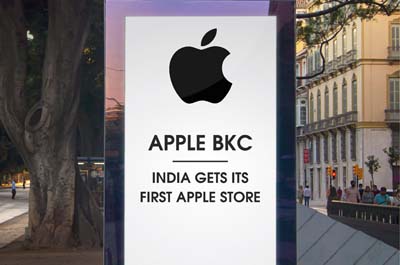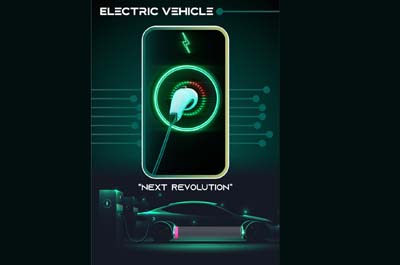" The head of the ONDC, T Koshy, said that these incentives are merely temporary in nature and are meant to kickstart network transactions."
Using Paytm, a seller app on the Open Network for Digital Commerce (ONDC), Ankit Prakash, creator of automation platform Aritic, purchased a paneer burger and Pepsi combination from Indiana Burgers at a price that was around 45 percent lower than what Swiggy was asking for the same.
As a result of Prakash and others' efforts to compare costs across platforms, social media activity spiked, and ONDC saw a 2.5-fold increase in daily order volumes, from 10,000 to 25,000 orders.
Since Swiggy and Zomato control over 90% of India's $5 billion food delivery industry, this caused many to wonder whether ONDC will put them out of business.
The ONDC is a government-backed experiment in making e-commerce interoperable, empowering businesses to make their own choices. It debuted in April of last year, but progress was sluggish at first. Six months in, it was barely able to handle a hundred or so transactions each day.
Despite the seeming complexity of ONDC, the concept is rather straightforward. Buyer-facing apps, seller-facing applications that recruit merchants and businesses, and logistics providers that complete the last leg of the journey to the customer are the three main components of the network's order-delivery system.
Mechanics of Discounts
We discovered that, with the use of coupons, the costs were comparable to, and often even lower than, those on Swiggy and Zomato. Merchants and seller-side applications, in an effort to compete with the shipping giants, often provide initial discounts of 20-40%. In addition, ONDC is offering new customers Rs 50 off their first purchase.
Logistics, or the process of transporting an order from a shop or restaurant to the customer's home, is the most expensive part of any hyperlocal business. Last week, ONDC and its network partners covered the whole shipping cost for every purchase.
As an example, on May 5 we ordered some momos and garlic bread from Barista in Noida. Both the momos (at Rs 101) and the garlic bread (at Rs 112) were discounted by 28 percent off their original list prices of Rs 140 and Rs 155, respectively.
The next step was to use the ONDC50 discount code to get Rs 50 off the total. The packing and shipping fees, as well as the convenience fee, were waived.
Both Zomato and Swiggy will charge you extra for delivery and packing. If a user is enrolled in their loyalty programme AND the delivery distance is within a specific threshold, say 7–8 km, the platform will pay the cost of delivery at no additional cost to the customer. Even if you're a reward programme member and reside outside this range, you'll have to pay an extra price for delivery.
As both firms strive to reach profitability, Swiggy has begun collecting a platform charge of Rs 2 on each order in select locations, and it is not inconceivable that Zomato may be considering doing the same.
Users in Bengaluru and Delhi-NCR have noticed that the % discounts offered by ONDC have decreased to the single digits from the double digits previously offered. In addition, the flat Rs 50 discount was no longer being applied to consumers who had done many purchases in the previous week on the network.
The most notable change is the return of shipping and handling costs. Delivery from the same Barista location we discussed previously will now cost you Rs 79, and packing will set you back another Rs 10.
In the background
Who is funding these price cuts, and is the government in direct competition with platforms funded by private capital when it comes to offering discounts? Or is it being done by other members of the network, such as the applications used by buyers and sellers, or the eateries themselves?
According to those involved in the network, the government is not footing the bill for the rebates and incentives. Banks that are ONDC shareholders, e-commerce platforms, and network merchants are all providing funding for these initiatives.
However, observers of the market are wondering what sets the network apart from other e-commerce platforms that burn money to attract users.
To begin, according to Moneycontrol's interviews with many eateries, those businesses were covering just a portion of the costs associated with the reductions. Sometimes they didn't even realise that their networked outlets were advertising deep discounts.
We aren't paying for the price cuts. The founder of a seller-side app that has onboarded a sizable number of restaurants onto the ONDC network explained that the prices displayed on the ONDC network are the result of the efforts made by all the players on the network (buyer app, ONDC, merchant, logistics partner) and vary from order to order, and even by time of day.
"For instance, a retailer's take rate (commission) may be anything from 5% to 20%. We want to have as many merchants connected to the network as possible so they can reach a huge audience with their greatest deals via the most popular business-to-consumer applications in India, he said.
Moneycontrol spoke with numerous ONDC stakeholders and learned that the network was paying some of the discounts, while it seemed that participants like seller-side applications and logistical companies were footing the bill.
CEO T Koshy of ONDC stated, "As ONDC is an entirely novel concept, we give limited assistance to the network members for a specific period to kick start the network. Incentives for seller onboarding and transaction stimulation are two examples of how we're assisting network members like seller and buyer applications.
"Participants share our belief that we should foster a long-term network that is underpinned by the competitive and equitable market forces that arise from the economies of specialisation and innovation. And not predicated on harmful practises like substantial price cuts and closed ecosystems," Koshy emphasised.
What would operations at steady state be like?
The existing pricing gap, according to a top executive at a seller-side app on the network, cannot be maintained in the long term. In a stable state, he estimates that the pricing gap between ONDC and other major e-commerce platforms will be no more than 10–12%. This is the current commission gap between ONDC and the major platforms, where restaurants and grocery businesses are listed.
Redseer partner and consultant Mohit Rana says, "The food delivery market is only so big." It is unclear how one would manage finances while satisfying customers used to sales and discounts. The success of ONDC is uncertain at this point," Rana remarked.
"ONDC is not a vertical structure like Zomato or Swiggy where the platform was ready to subsidise various components in the value chain, such delivery, which could be offset by food pricing and so on. We're up to four or five people now, and everyone's looking to cash in. Another unknown, as Rana pointed out, is who will put money into improving the unit economics.
But for the time being, it seems that eateries are satisfied.
The existing actors in meal delivery are like digital landlords in that they have monopoly over the whole process, from food discovery to delivery. However, the ONDC separates all of the components. Now that we're saving money on commissions and other expenses, we can put that money towards discounts whenever we choose, like at 3 o'clock on a Tuesday when business is quiet. The goal is to make discounts seem more like a perk than a right, according to Anurag Katriar, founder of Indigo Hospitality and trustee of the NRAI.


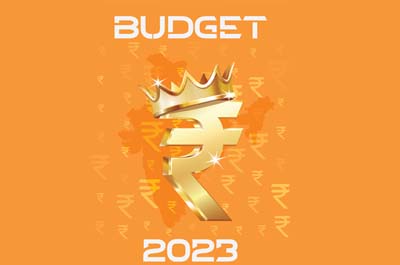

_1741851351227282101.png)


